‘The Final Project’: Jo Spence's moving last hurrah at Richard Saltoun
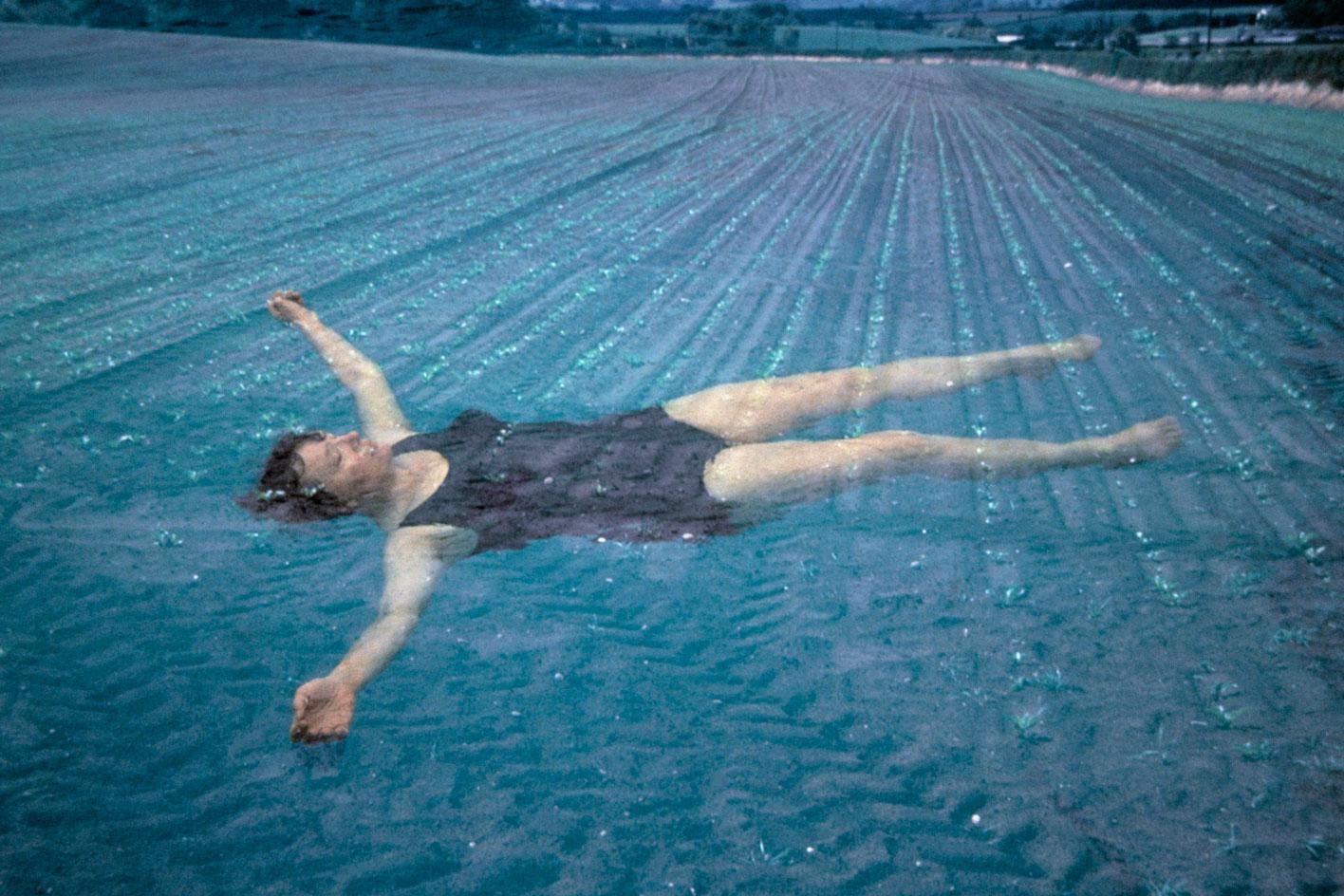
‘The Final Project’ is a great title, capturing the unsettling combination of humour and honesty with which photographer Jo Spence (1934–1992), with her long-term collaborator Terry Dennett, documented her death from leukemia over two years in 1991–92. As a selection now being shown at London's Richard Saltoun gallery demonstrates, the scope of the project was unflinching and ambitious – testament to an artist with nothing to lose.
‘The Final Project’ has a few different strands, which echo both the deterioration of Spence’s health and the stages of emotional trauma. An early part involved photographing comical assemblages in a graveyard, including joke-shop skeletons, flowers and bushy blond wigs, recalling the adage that sometimes the only response to tragedy one can muster is laughter.
In another equally mischievous, though more analytical series, the feminist Spence contrasted Western obsessions with beauty and youth with the celebration of death in Mexican and Egyptian traditions. And finally, as she grew weaker, Spence fell back on the prodigious archive of images she had amassed during her career, and created new works by overlaying them in a technique called ‘slide-sandwiching’.
These beautiful montages, with Spence’s body floating above a stream or a field, have a serene atmosphere of acceptance. Using older images of herself was also a way around what Spence called her ‘crisis of representation’, whereby she felt her emaciated body to be totally estranged from her spirit. Ultimately, though, she overcame this challenge as well. In a series of self-portraits from her deathbed, she manages with a peaceful stare to confound mortality itself.
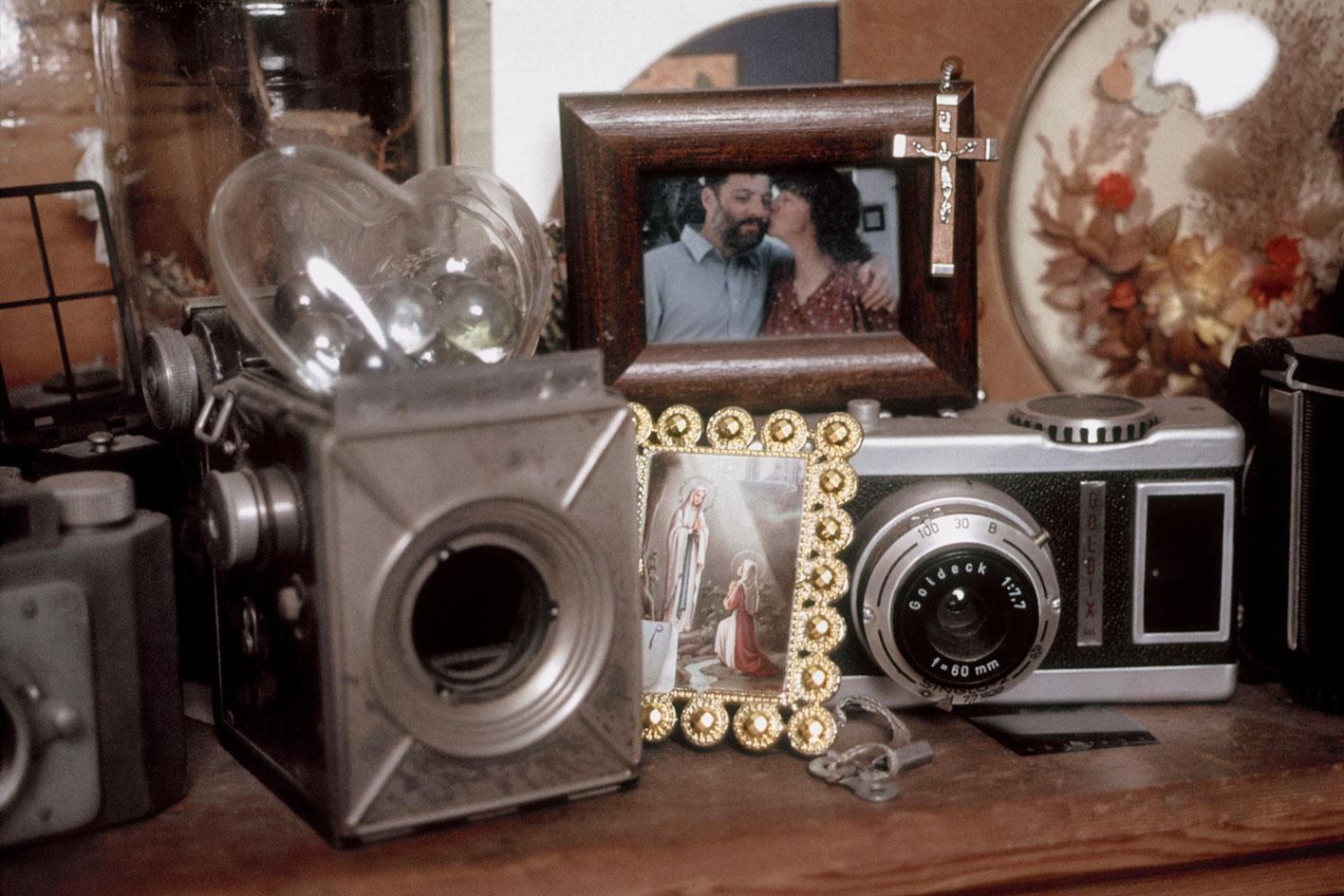
‘The Final Project’ has a few different strands, which echo both the deterioration of Spence’s health and the stages of emotional trauma
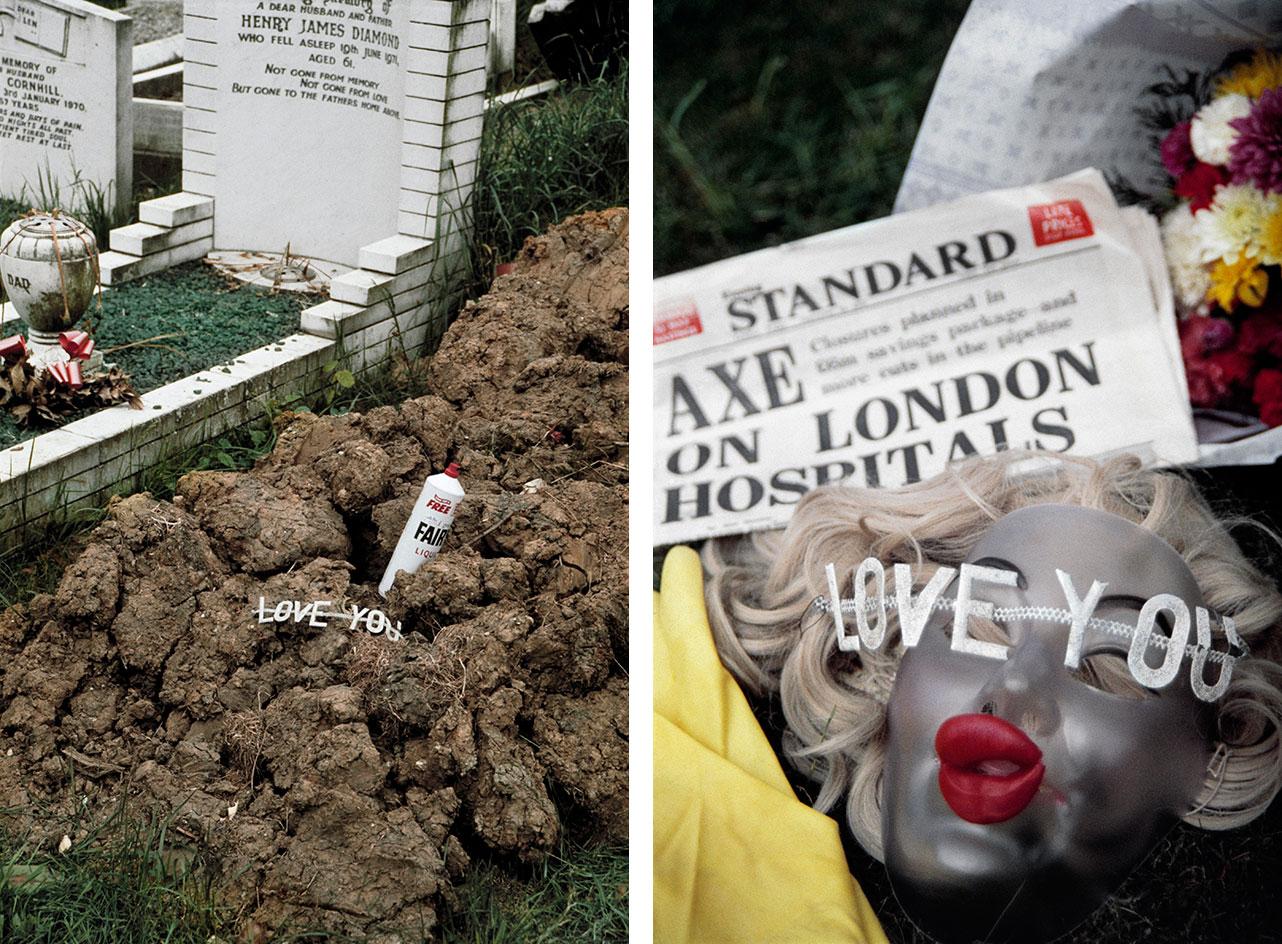
An early part involved photographing comical assemblages in a graveyard, including joke-shop skeletons, flowers and bushy blond wigs
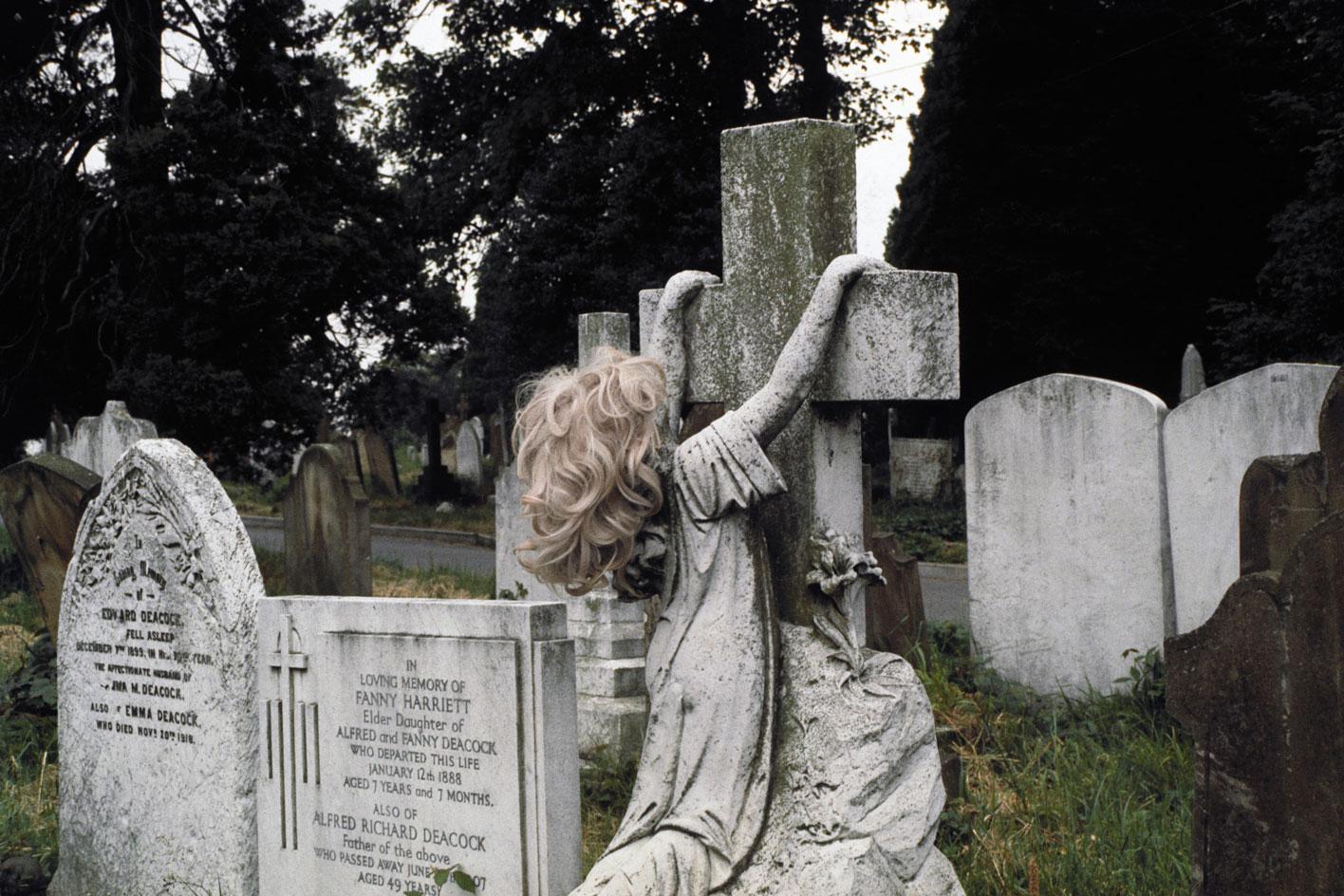
The selection demonstrates how unflinching and ambitious the scope of the project was – testament to an artist with nothing to lose
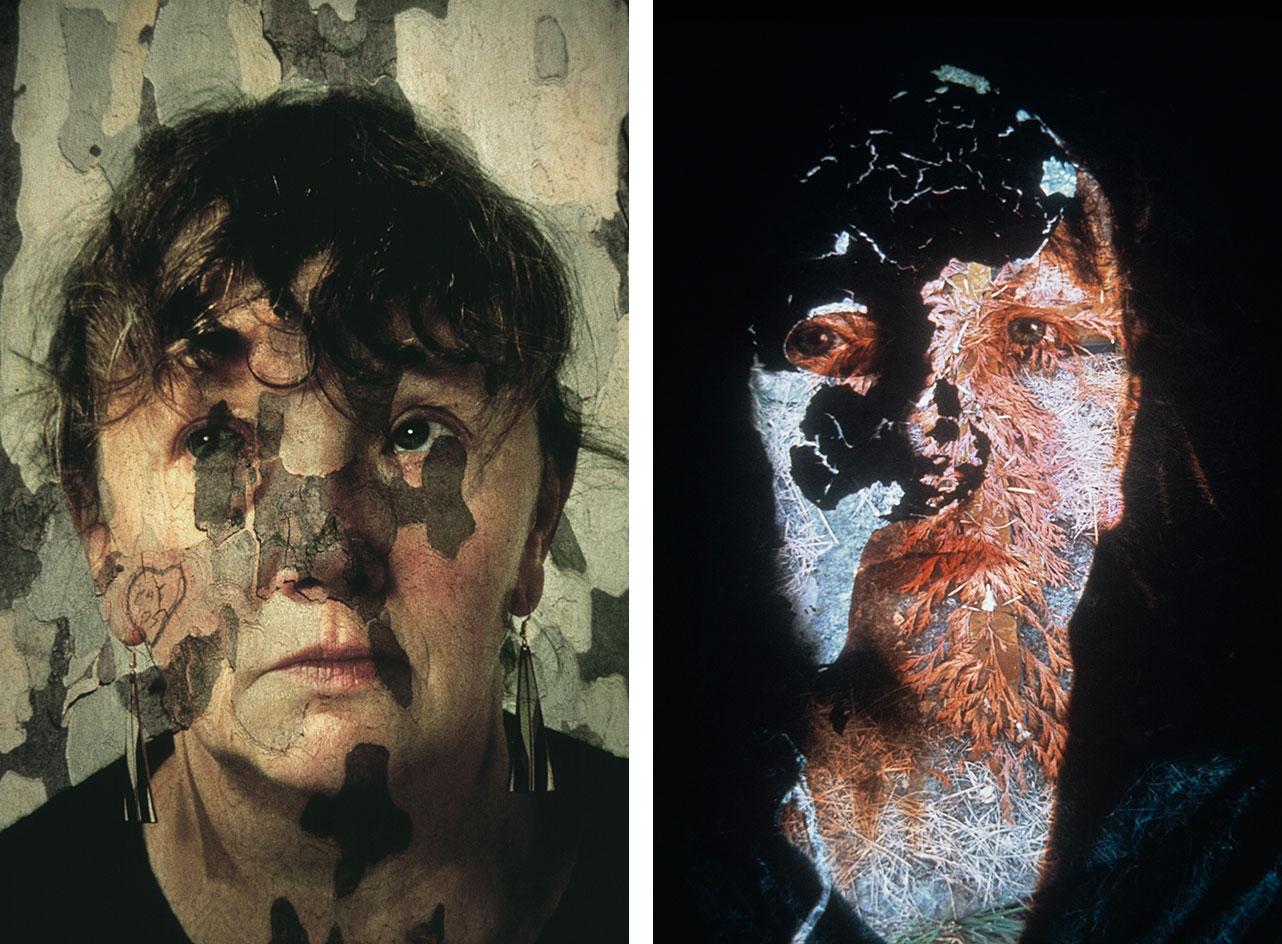
Spence fell back on the prodigious archive of images she had amassed during her career, and created new works by overlaying them in a technique called ‘slide-sandwiching’
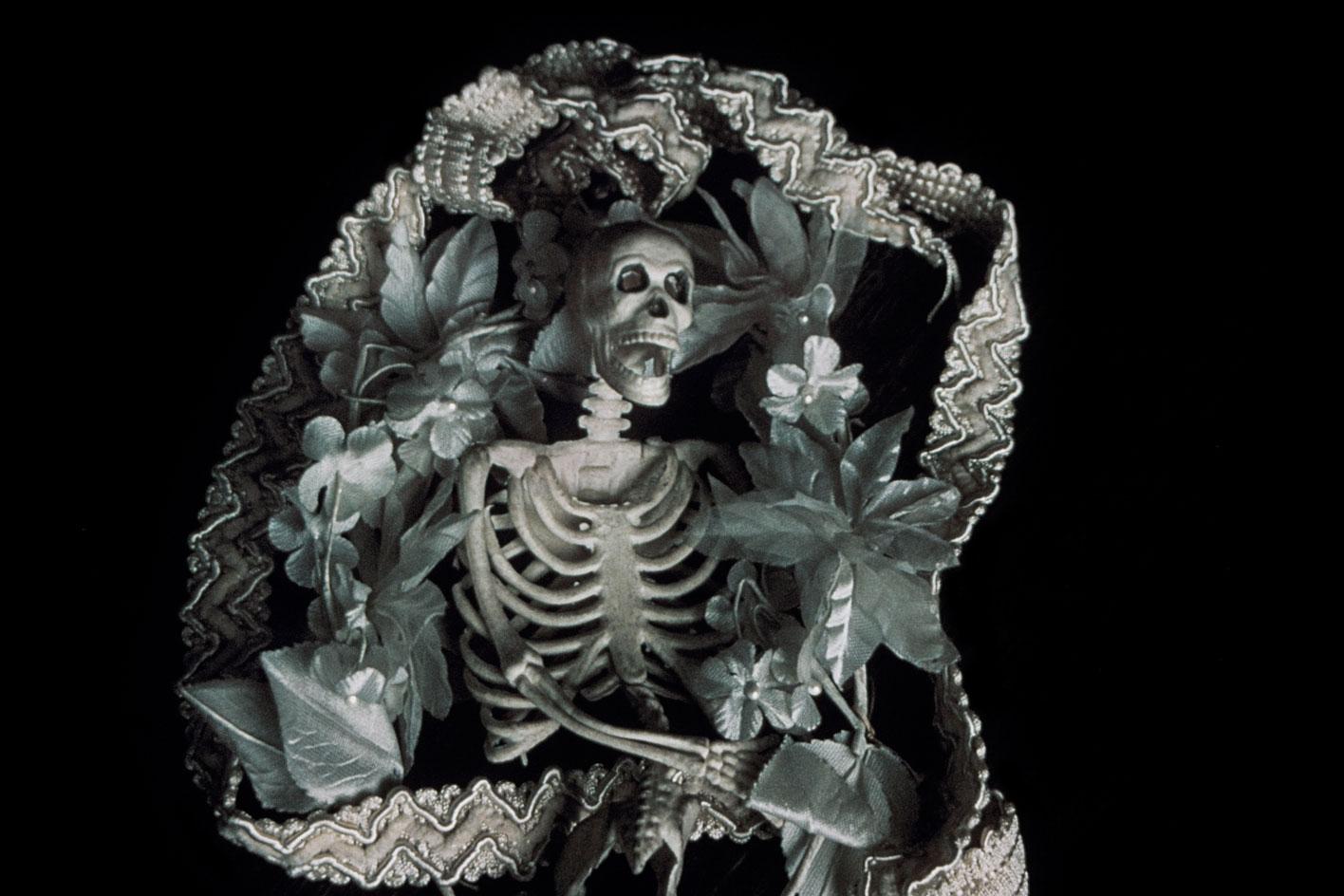
In another equally mischievous series, Spence contrasts Western obsessions with beauty and youth with the celebration of death in Mexican and Egyptian traditions
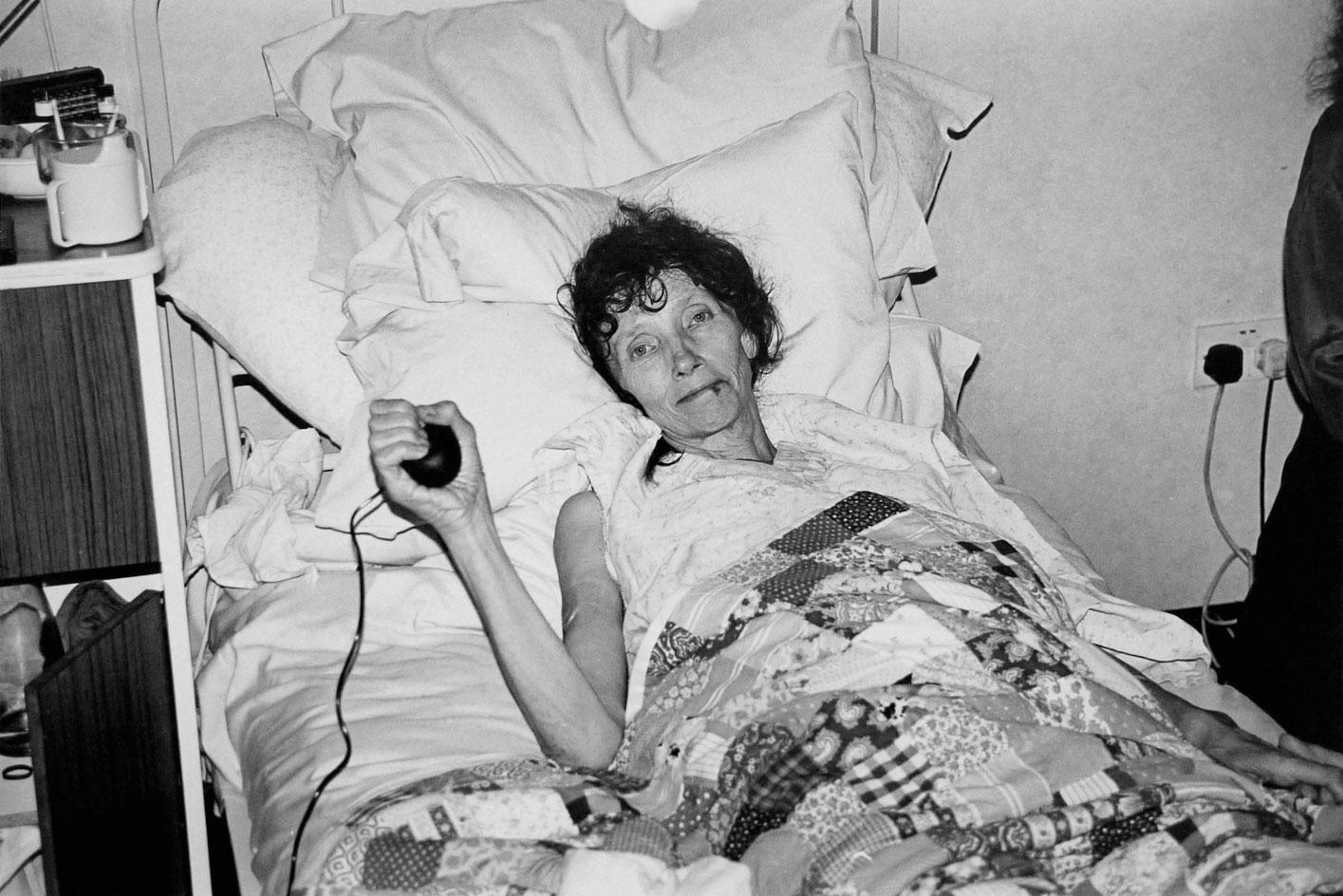
In a series of self-portraits from her deathbed, she manages to confound mortality itself
Information
’The Final Project’ is on view until 25 March. For more information, visit Richard Saltoun gallery’s website
Copyright the Estate of Jo Spence. Courtesy Richard Saltoun Gallery
Address
Richard Saltoun
111 Great Titchfield Street
London, W1W 6RY
Wallpaper* Newsletter
Receive our daily digest of inspiration, escapism and design stories from around the world direct to your inbox.
-
 The Subaru Forester is the definition of unpretentious automotive design
The Subaru Forester is the definition of unpretentious automotive designIt’s not exactly king of the crossovers, but the Subaru Forester e-Boxer is reliable, practical and great for keeping a low profile
By Jonathan Bell
-
 Sotheby’s is auctioning a rare Frank Lloyd Wright lamp – and it could fetch $5 million
Sotheby’s is auctioning a rare Frank Lloyd Wright lamp – and it could fetch $5 millionThe architect's ‘Double-Pedestal’ lamp, which was designed for the Dana House in 1903, is hitting the auction block 13 May at Sotheby's.
By Anna Solomon
-
 Naoto Fukasawa sparks children’s imaginations with play sculptures
Naoto Fukasawa sparks children’s imaginations with play sculpturesThe Japanese designer creates an intuitive series of bold play sculptures, designed to spark children’s desire to play without thinking
By Danielle Demetriou
-
 ‘Humour is foundational’: artist Ella Kruglyanskaya on painting as a ‘highly questionable’ pursuit
‘Humour is foundational’: artist Ella Kruglyanskaya on painting as a ‘highly questionable’ pursuitElla Kruglyanskaya’s exhibition, ‘Shadows’ at Thomas Dane Gallery, is the first in a series of three this year, with openings in Basel and New York to follow
By Hannah Silver
-
 The art of the textile label: how British mill-made cloth sold itself to Indian buyers
The art of the textile label: how British mill-made cloth sold itself to Indian buyersAn exhibition of Indo-British textile labels at the Museum of Art & Photography (MAP) in Bengaluru is a journey through colonial desire and the design of mass persuasion
By Aastha D
-
 Artist Qualeasha Wood explores the digital glitch to weave stories of the Black female experience
Artist Qualeasha Wood explores the digital glitch to weave stories of the Black female experienceIn ‘Malware’, her new London exhibition at Pippy Houldsworth Gallery, the American artist’s tapestries, tuftings and videos delve into the world of internet malfunction
By Hannah Silver
-
 Ed Atkins confronts death at Tate Britain
Ed Atkins confronts death at Tate BritainIn his new London exhibition, the artist prods at the limits of existence through digital and physical works, including a film starring Toby Jones
By Emily Steer
-
 Tom Wesselmann’s 'Up Close' and the anatomy of desire
Tom Wesselmann’s 'Up Close' and the anatomy of desireIn a new exhibition currently on show at Almine Rech in London, Tom Wesselmann challenges the limits of figurative painting
By Sam Moore
-
 A major Frida Kahlo exhibition is coming to the Tate Modern next year
A major Frida Kahlo exhibition is coming to the Tate Modern next yearTate’s 2026 programme includes 'Frida: The Making of an Icon', which will trace the professional and personal life of countercultural figurehead Frida Kahlo
By Anna Solomon
-
 A portrait of the artist: Sotheby’s puts Grayson Perry in the spotlight
A portrait of the artist: Sotheby’s puts Grayson Perry in the spotlightFor more than a decade, photographer Richard Ansett has made Grayson Perry his muse. Now Sotheby’s is staging a selling exhibition of their work
By Hannah Silver
-
 From counter-culture to Northern Soul, these photos chart an intimate history of working-class Britain
From counter-culture to Northern Soul, these photos chart an intimate history of working-class Britain‘After the End of History: British Working Class Photography 1989 – 2024’ is at Edinburgh gallery Stills
By Tianna Williams